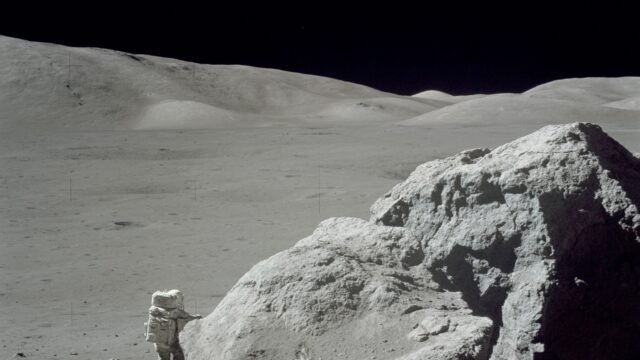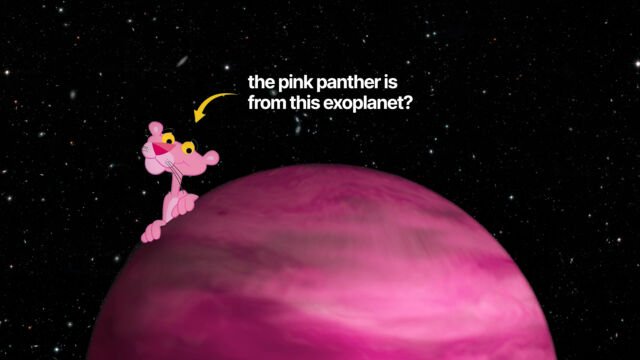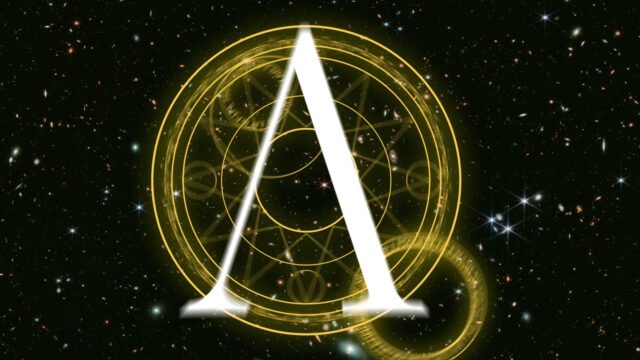On Friday, Russia successfully launched its Luna-25 mission to the Moon — its first lunar mission in 47 years.
After the launch, Russia’s space agency(ROSCOSMOS) said in a follow-up statement that all systems of the lunar landing spacecraft that blasted off Friday were working normal hours after it detached from a booster module.
The mission, known as Luna-25 and after the Luna-24 that returned to Earth in 1976, launched on a Soyuz 2.1 rocket carrying and blasted off from the Vostochny cosmodrome in Russia’s far east.
The launch on Russian soil marked a move away from Russia’s dependence on Kazakhstan, which hosts its main launch site, the Baikonur Cosmodrome.
The Luna-25 Mission Explained
Luna 25, also called the Luna-Glob-Lander, is on a mission to explore the lunar south pole, where pockets of ice water are believed to be found.
The launch is also a race for Russia to set precedence as the first to land in the region marking the start of considerable activity there from multiple countries and private companies.
According to Simeon Barber, a planetary scientist at the Open University in Milton Keynes, UK, “It’s an area where we might expect to see increased concentrations of water ice. As you go further towards the pole, it gets colder, and the potential for water ice increases.”
Luna 25 will take around five days to reach a 100-kilometer orbit around the Moon and will attempt to land at the 100-kilometer-wide Boguslawsky crater, about 500 kilometers from the Moon’s south pole, on 21 August.
The Luna-Glob-Lander will study the moon’s polar soil composition and the plasma and dust contained in the very thin lunar exosphere, or the moon’s scant atmosphere, for one year.[1]
According to NASA, the craft consists of a four-legged lander including landing rockets, propellant tanks, solar panels, computers, a robotic arm equipped with a scoop to collect lunar samples, and a suite of instruments to study the samples and exosphere.
Initially, Roscosmos and the European Space Agency planned to partner on Luna 25, as well as Luna 26, Luna 27, and the ExoMars rover.
But that partnership ceased in April 2022 after Russia’s invasion of Ukraine, and the ESA Council moved to “discontinue cooperative activities with Russia.”
The Race to the Moon
Russia’s Luna 25 is the first of many missions planned for the south pole.
India has already launched their lunar mission, the Chandrayaan-3, which will attempt to land in the region on 23 August.
China is also planning to send a rover to the moon in 2026, and NASA’s Artemis program, which will attempt to return humans to the Moon for the first time since Apollo 17 in 1972, is also focusing on the south pole.
Luna 25 is “an opportunity to steal the march on other people get some positive publicity,” says Roger Launius, NASA’s former chief historian.
References
- Ashley Strickland, ‘Russia’s Luna 25 mission launches to the moon’, CNN, 11 August 2023, https://www.cnn.com/2023/08/10/world/russia-luna-25-launch-scn/index.html[↩]





